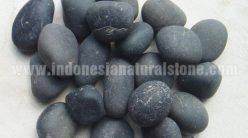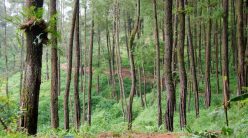.foodsciencecentral.com
Edible birds’ nests produced by several different species of swiflet are consumed by humans as a delicacy or in traditional Chinese medicine. The nests are constructed from a glutinous material found in the saliva secreted from the glands of the swiflets. They command a high retail price and are therefore often referred to as the ‘caviar of the East’.
The white nest and the red ‘blood’ nest are usually prepared for consumption by cooking in a double boiler with sugar. The bird’s nest soup obtained is consumed as a medicinal food tonic and possesses haemoglutination inhibiting action against the influenza virus. However, there is relatively little information about the composition and nutritional properties of the edible bird’s nest.
Because the salivary nest cement is one of the most expensive ingredients in the world, the adulteration of edible birds’ nests with less expensive materials has increased sharply over the past few years. Common adulterants include karaya gum, red seaweed and Tremella fungus. These ingredients are usually incorporated during the processing stages at levels around 10% and can be difficult to detect due to their similar colour, taste, appearance and texture to the actual salivary nest cement.
A study by Marcone1 investigated the compositional properties of the white nest and the red blood nest using SDS-PAGE fingerprinting and various analytical techniques for detecting adulterants (karaya gum, red seaweed and Tremella fungus). Using crude protein determination, it was found that these adulterants could reduce the overall protein content of the genuine white nest by 1.1-6.6%. A modified xanthoproteic nitric acid test for proteins was found to be a rapid and simple method for detecting adulteration in both whole and ground nests.
———————————————————————————
1 Marcone, MF (2014). Characterization of the edible bird’s nest the ‘Caviar of the East’. Food Research International 38 (10) 1125-1134.
Click on the logo below to view an abstract of this paper from FSTA Direct.





